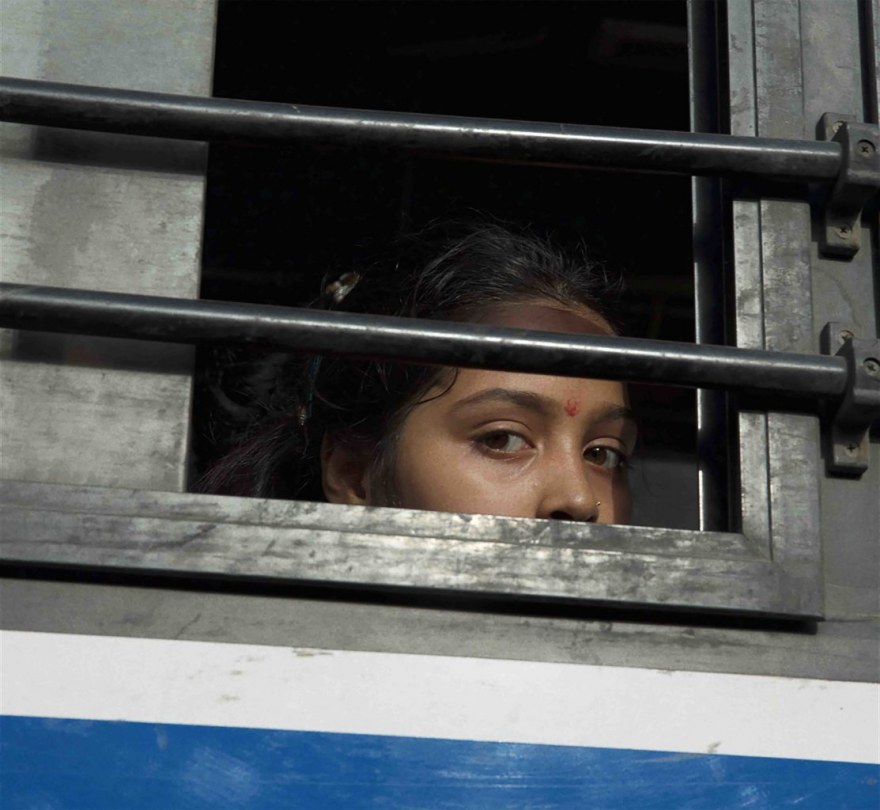Lunch with Binnu Ka Sapna
An interview with Kanu Behl, director of Binnu Ka Sapna
Can you explain your choice of title?
Binnu Ka Sapna literally means “Binnu’s dream”. Binnu is singularly driven by the innermost desire to recreate the “love nest” he saw develop between his parents. He also dreams of understanding and conquering the multilayered world around him, whether it’s his relationship with women or the economic chaos around him. The brands that shine back at him as he roams the streets, or the boss that schools him into the ways of the world. Binnu’s dream to conquer the world is what creates the anger in him. Why, oh why, can he not reduce his relationships into the simple act of making a cup of tea?
How would you explain the slippery and tragic path that the protagonist slips down before the final attack?
Anger roots from a myopic vision. An inability to comprehend the world around and simultaneously an inability to look within. In a sense, the attack had always been within Binnu. It was just gathering steam till it got strong enough to blow. It could have blown at the violent father; or at the girl at college who he couldn’t muster up the courage to talk to; or at the sexually open girl who chose him as one of her experiments. It was a gathering paranoia – an eerie inarticulation – a slow closing of the mental choking he began feeling, that the only narrative that made sense was the most repeated one. His panic is not his own. It must be the woman.
Can you explain your stylistic choices? Such as the long and frozen shots of the various characters’ faces…
The two key choices for us (me and my DP Siddharth Diwan) in the film were the almost square 1:1 aspect ratio and the frozen frames. It was important we felt the image reflect the limited vision of Binnu’s thought process. We would be diving into Binnu’s very personal, skewed, paranoia-driven mind. How do we make it feel exactly like what it is? After some tests, we felt that the 1:1 gave it the effect of a mind unravelling. The frozen frames were meant to lift the story out of its singular fictional context. The frozen classroom boys made it possibly the story of many other boys around the country. Similarly, the stills of the women at the bus stop could be the multiple others feeling stared at by other men; the Facebook stills of the party girl might be ones we have all stalked at some point.
Can you tell us more about yourself as a filmmaker and the subjects you’re keen to explore?
I’ve always been interested in the intensely personal, and how to make it painfully universal. Jung’s idea of the collective unconscious and R. D. Laing’s work around the structure of the family have intrigued me. Wading across the “public” and the “private” and getting to the “secret” lives of human beings, lived exclusively in personal gas chambers is what excites me. It’s hard to know what subjects excite me because the attempt is to always look inside and find out where I’m heading, in order to question it. And find the next point of collision.
Would you say that the short film format has given you any particular freedom?
A short, at its best, can be like a haiku. Holding economy and swathes of beauty within. It holds order, and within the order juxtaposition, and further within it is chaos. With Binnu Ka Sapna I had something that required a certain form and had to be done without dialogue. The film was the voice of a man dealing with all that is going on around him, anxious to spill his venom out. In that sense, I attempted a piece that, more than having a conversation, exploded onto itself, and put the audience in the centre of that explosion. The short as a form allowed me the ability to deal with the “meta-narrative” and that excited me the most.
Binnu Ka Sapna was shown in International Competition (I13).









